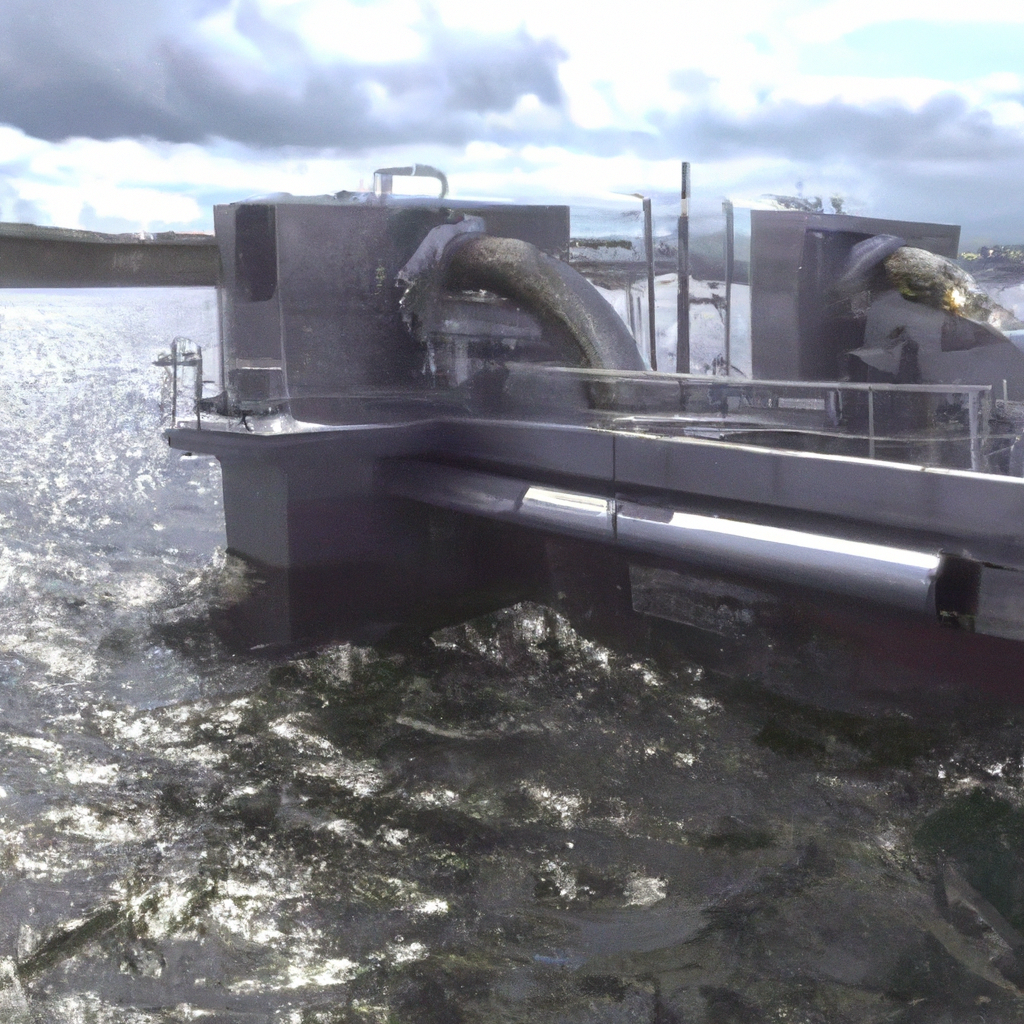Tidal energy is a form of renewable energy that harnesses the power of ocean tides to generate electricity. Tidal power stations are structures that convert the energy of tidal currents into electrical power. These stations are becoming increasingly popular as a sustainable energy source, with several countries investing in this technology. In this article, we will explain in detail how a tidal power station works.
Understanding Tidal Energy
Tidal energy is a form of marine energy that is generated by the gravitational pull of the moon and the sun on the Earth’s oceans. This constant motion of the tides and currents is a predictable and reliable source of energy that can be harnessed to generate electricity. There are two main types of tidal energy technologies: tidal barrages and tidal turbines.
Tidal Barrages
A tidal barrage is a dam-like structure that is built across a bay or estuary. The barrage has turbines that are turned by the incoming and outgoing tides, generating electricity. The barrage holds back the water during high tide, and the water is released during low tide, turning the turbines and generating electricity. Tidal barrages are large-scale projects that are expensive to build, but they can generate a significant amount of electricity.
Tidal Turbines
Tidal turbines are similar to wind turbines, but they are mounted on the seabed and are turned by the flow of the tides. Tidal turbines are designed to capture the energy of the tidal currents and convert it into electricity. They can be installed in arrays, similar to wind farms, and can generate electricity continuously as long as the tides are flowing. Tidal turbines are more flexible and less expensive than tidal barrages, making them a popular choice for tidal energy projects.
How a Tidal Power Station Works
A tidal power station consists of several components that work together to generate electricity. These components include:
Tidal Stream Generator
A tidal stream generator is a device that converts the kinetic energy of the tides into electrical power. The generator consists of a rotor that is turned by the flow of the tides. The rotor is connected to a generator that converts the rotational energy into electrical power.
Transformer
The electrical power generated by the tidal stream generator is relatively low voltage and needs to be stepped up to a higher voltage before it can be transmitted to the grid. The transformer increases the voltage of the electrical power to the required level.
Substation
The substation is where the electrical power is collected from the tidal stream generators and transformed into a form that can be fed into the grid. The substation also contains the control systems that regulate the flow of electricity.
Grid Connection
The grid connection is the final component of the tidal power station. It is the point where the electrical power generated by the tidal turbines is fed into the national grid, providing electricity to homes and businesses.
Advantages of Tidal Power
Tidal power has several advantages over other forms of renewable energy, including:
- Tidal power is predictable and reliable, making it a stable source of energy.
- Tidal power is renewable and sustainable, making it an environmentally friendly energy source.
- Tidal power is more efficient than wind or solar power.
- Tidal turbines have a low visual impact and do not create noise pollution.
Conclusion
In summary, a tidal power station generates electricity by harnessing the power of the tides. The station consists of several components, including tidal stream generators, transformers, substations, and a grid connection. Tidal power is a reliable and sustainable source of energy that has several advantages over other forms of renewable energy. With continued investment and development, tidal power has the potential to become a significant source of electricity, contributing to a cleaner and more sustainable future.







